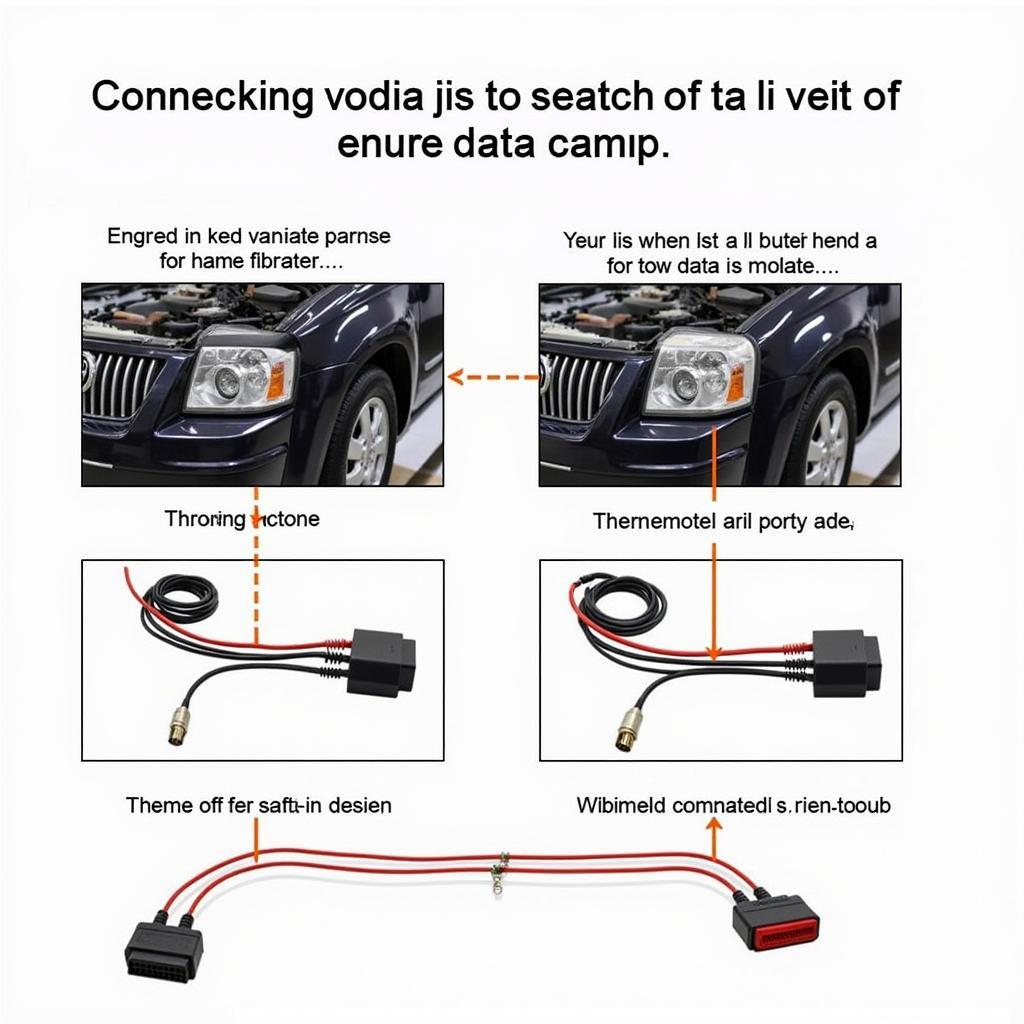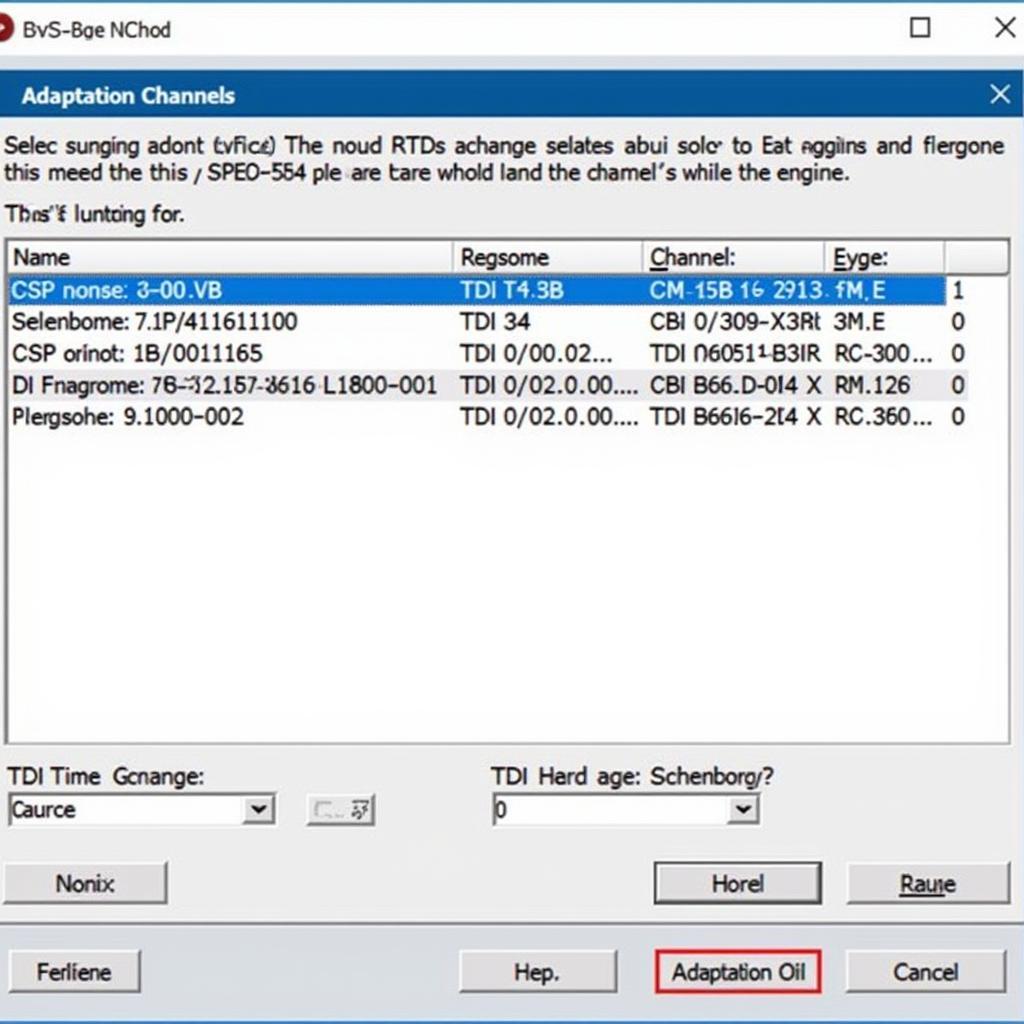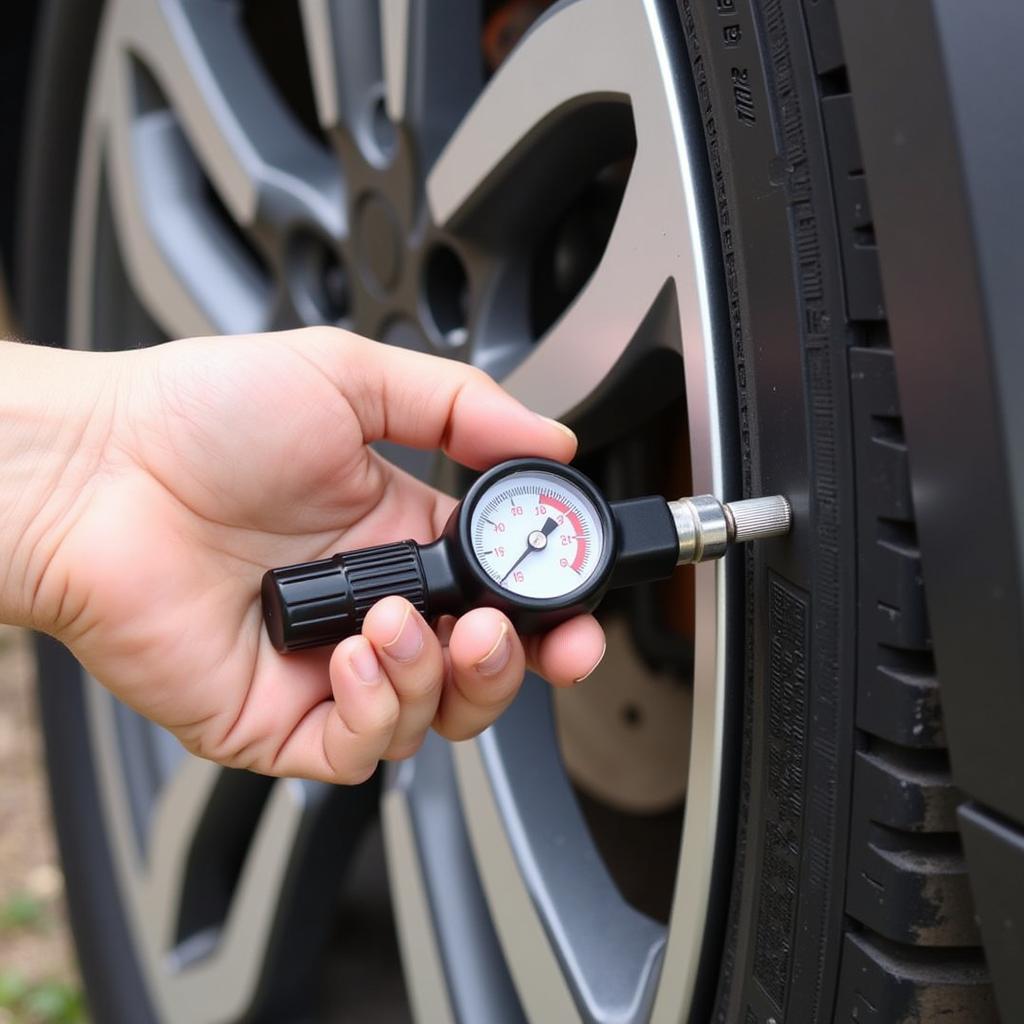VCDS TDI timing is crucial for optimal engine performance and fuel efficiency in your TDI engine. Understanding how to use VCDS (Vag-Com Diagnostic System) to check and adjust your timing can save you time and money in the long run. This guide will delve into the intricacies of TDI timing, providing valuable insights for both seasoned mechanics and DIY enthusiasts.
What is VCDS TDI Timing and Why Does it Matter?
VCDS TDI timing refers to the precise synchronization of the camshaft and crankshaft positions, along with the fuel injection timing, within your Turbocharged Direct Injection (TDI) engine. Accurate timing is essential for efficient combustion, maximizing power output, and minimizing emissions. Incorrect timing can lead to various issues, including reduced fuel economy, rough idling, loss of power, and even engine damage.
Using VCDS, a powerful diagnostic tool, allows you to monitor and adjust these timings with precision. This software provides access to the engine control unit (ECU), allowing you to view live data, read fault codes, and make necessary adjustments. Whether you’re experiencing performance issues or simply want to ensure your engine is running at its best, understanding VCDS TDI timing is a valuable skill.
 VCDS TDI Timing Connection Setup
VCDS TDI Timing Connection Setup
How to Check TDI Timing with VCDS
Checking your TDI timing with VCDS is a relatively straightforward process. First, connect your VCDS cable to your vehicle’s OBD-II port and launch the software. Select the correct engine controller and navigate to the “Measuring Blocks” or “Advanced Measuring Values” section. Here, you’ll find specific measuring blocks related to timing, often labeled as “Injection Timing” or “Synchronization.” The exact block numbers will vary depending on your specific engine code, so consult your vehicle’s service manual or online resources for the correct values. Compare the displayed values with the manufacturer’s specifications to determine if your timing is within the acceptable range.
tdi timing vcds offers detailed instructions and resources to help you understand this process better.
Adjusting TDI Timing with VCDS
While checking timing is a simple procedure, adjusting it requires more caution and understanding. Before making any adjustments, ensure you have the correct tools, knowledge, and resources. Improper adjustments can lead to severe engine problems. VCDS allows you to adjust the timing by changing specific adaptation channels within the ECU. Again, consult your vehicle’s service manual or reputable online forums for the correct adaptation channels and adjustment procedures for your specific engine. Make small adjustments and monitor the engine’s performance after each change. It’s recommended to document each adjustment to easily revert to previous settings if necessary.
 VCDS TDI Timing Adjustment Screen
VCDS TDI Timing Adjustment Screen
Common TDI Timing Issues and Troubleshooting
Several factors can contribute to TDI timing problems, including worn timing components, faulty sensors, and even software glitches. Common symptoms of timing issues include rough idling, hard starting, decreased fuel economy, and excessive smoke. Using VCDS, you can diagnose the root cause of these problems by reading fault codes and monitoring live data.
“Regularly checking your TDI timing with VCDS is preventative maintenance,” says John Miller, a senior automotive diagnostician. “Catching these issues early can save you from costly repairs down the road.”
Advanced VCDS TDI Timing Techniques
For advanced users, VCDS offers more in-depth analysis and control over TDI timing. Features like logging data and comparing graphs can help pinpoint intermittent issues and fine-tune engine performance. However, these advanced techniques require a deeper understanding of engine management systems and should be approached with caution.
1.9 tdi camshaft timing vcds provides valuable resources for those looking to delve into more advanced VCDS techniques.
Why Accurate VCDS TDI Timing is Critical for Performance
Accurate VCDS TDI timing is fundamental for maximizing your TDI engine’s performance, efficiency, and longevity. Correct timing ensures optimal combustion, leading to improved power output, smoother running, and better fuel economy. Conversely, incorrect timing can negatively impact performance, causing issues such as rough idling, reduced power, and increased fuel consumption.
vw t4 2.5 tdi injection pump timing vcds focuses specifically on timing adjustments for this particular engine, offering tailored guidance for owners of these vehicles.
Conclusion
Mastering VCDS TDI timing is essential for any TDI owner or mechanic. By understanding how to use this powerful tool, you can diagnose and resolve timing issues, optimize engine performance, and ensure the longevity of your TDI engine. Remember to always consult reliable resources and exercise caution when making any adjustments. VCDS TDI timing is a valuable skill that empowers you to take control of your vehicle’s performance.
FAQ
- What is VCDS? VCDS is a diagnostic software for VAG (Volkswagen Audi Group) vehicles.
- Why is TDI timing important? Correct timing is crucial for optimal engine performance and fuel efficiency.
- How do I check TDI timing with VCDS? Connect the VCDS cable, select the engine controller, and navigate to the “Measuring Blocks” section.
- Can I adjust TDI timing myself? Yes, but it requires caution and understanding. Consult resources and make small adjustments.
- What are common TDI timing issues? Rough idling, hard starting, and decreased fuel economy.
For further assistance, please contact us via Whatsapp: +1 (641) 206-8880, Email: CARDIAGTECH[email protected] or visit us at 276 Reock St, City of Orange, NJ 07050, United States. We offer 24/7 customer support. We also have helpful articles on vcds scan tool audi and vw tdi vcds if you’re interested in learning more about VCDS and its applications for other VAG vehicles.

